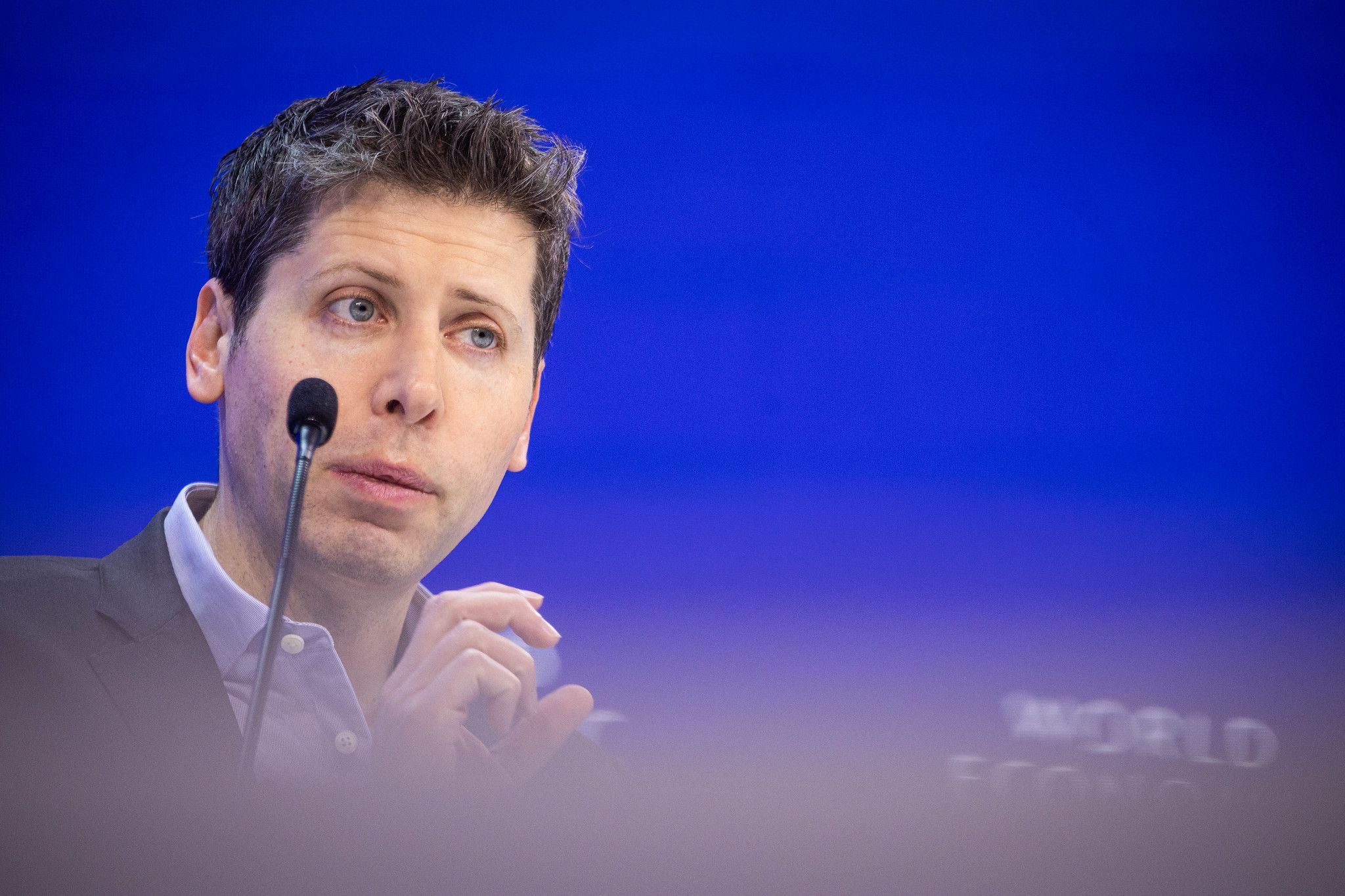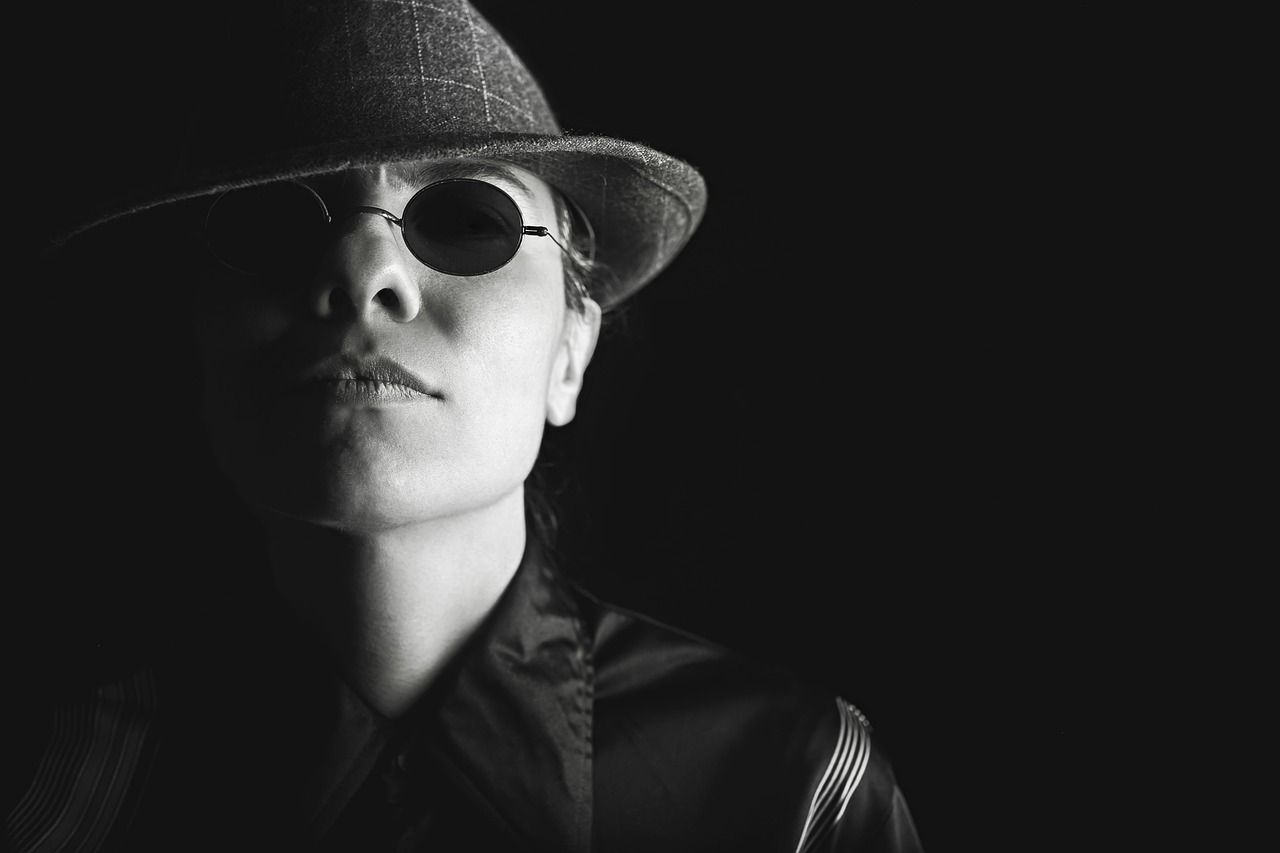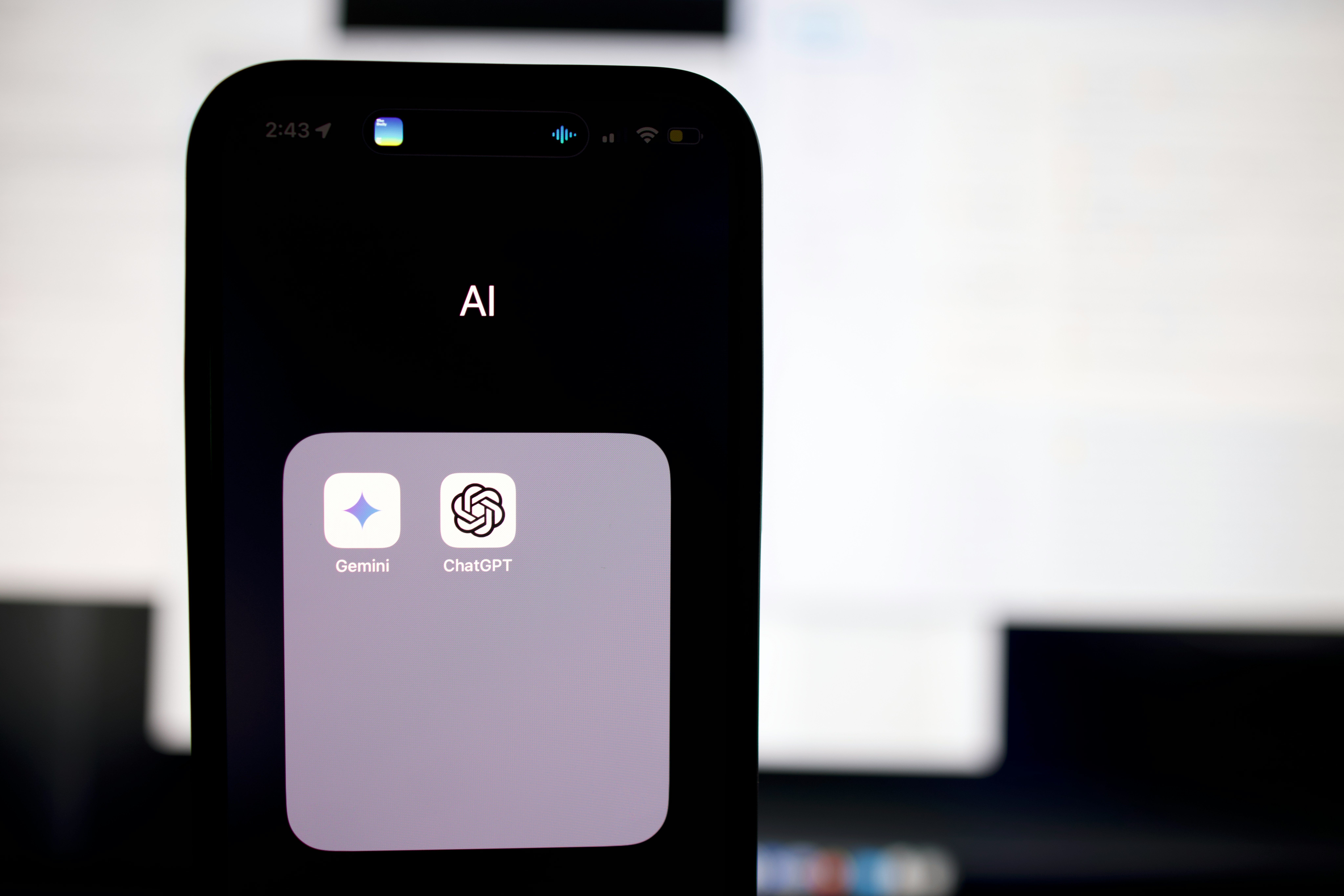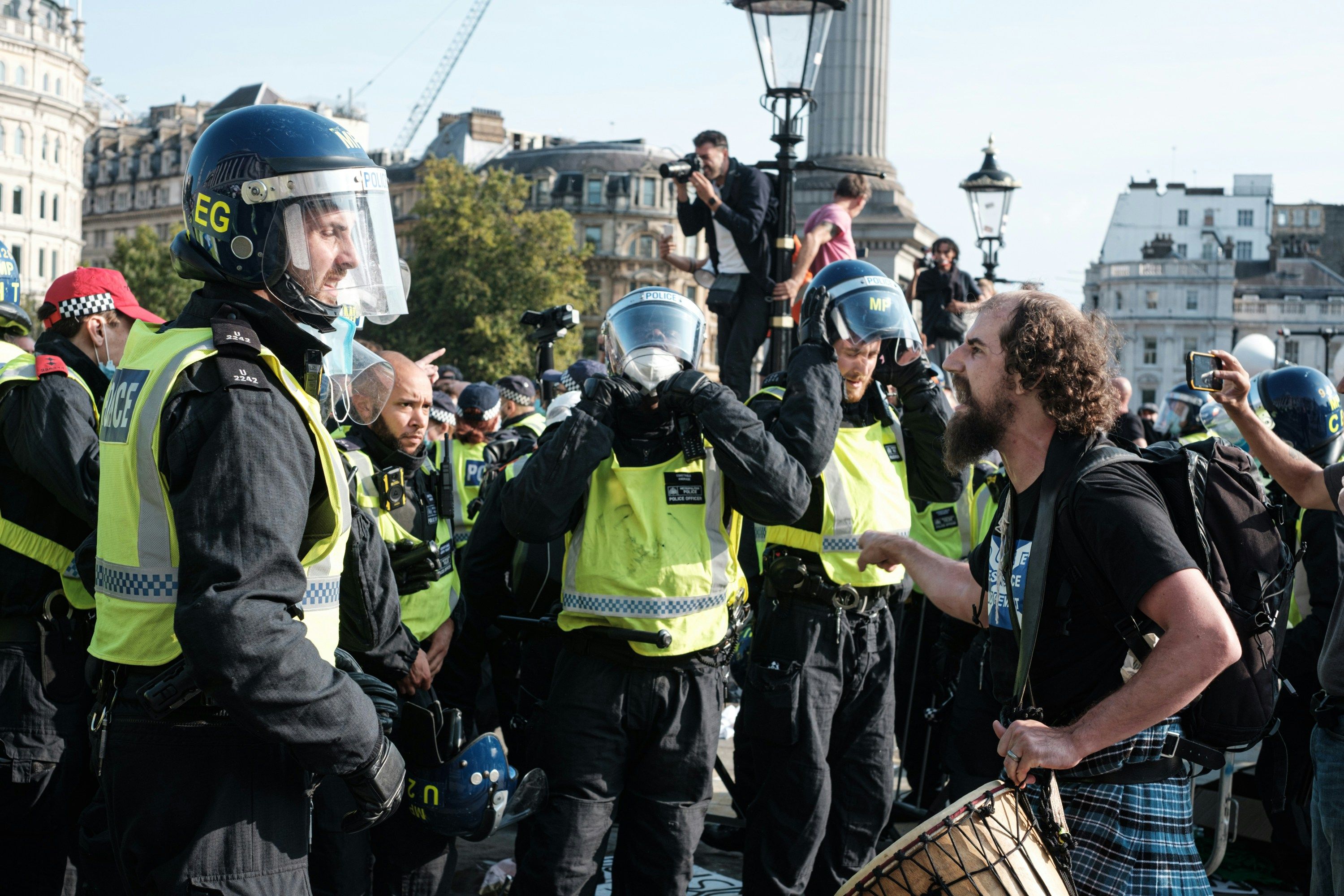In a recent wave of departures that could shape the future of artificial intelligence, OpenAI, the company behind groundbreaking technologies like ChatGPT, has experienced significant turnover in its leadership. Chief Scientist Ilya Sutskever and prominent safety researcher Jan Leike have left the organization. These exits come at a crucial time for OpenAI, amid the recently released GPT-4o model.
The Departures

Photo by Jonathan Kemper on Unsplash
The Timing and Influence of GPT-4o Launch
The recent departures of key figures from OpenAI, including Chief Scientist Ilya Sutskever and Safety Researcher Jan Leike, coincide alarmingly with the launch of OpenAI's latest AI model, GPT-4o. This timing is critical as it suggests a possible connection between the new model's development and internal disagreements on safety and strategic priorities within OpenAI. The launch of GPT-4o, characterized as a more advanced AI capable of multimodal functionalities, raises important questions about the balance of innovation with ethical and safety considerations in AI development.
Who Has Left OpenAI? Sutskever and Leike
Ilya Sutskever, a co-founder and the Chief Scientist of OpenAI, alongside Jan Leike, a lead on the superalignment team, have both resigned from their positions. Their departures signal a significant shift in the organization's landscape, especially as both were integral to OpenAI's safety and alignment initiatives. Sutskever has been with OpenAI since its inception and was instrumental in setting the direction for AI safety. Meanwhile, Leike has been vocal about his concerns regarding the prioritization of commercial success over robust safety protocols, highlighting a growing rift within the company.
Impact on OpenAI’s Safety Culture and Research Direction
The resignations of Sutskever and Leike could be indicative of a troubling shift in OpenAI’s focus, potentially moving away from its foundational principle of aligning AI development with human values and safety. Leike’s departure, in particular, points to a perceived devaluation of safety, as he pointed out that his team struggled to secure necessary resources for crucial research. This change could influence not only the internal safety culture at OpenAI but also the greater trajectory of AI research and development. It risks creating faster progress that may not adequately consider long-term AI risks.
Safety vs. Innovation - The Heart of the OpenAI Rift

"Wade Foster, Jack Altman, & Sam Altman" by Village Global is licensed under CC BY 2.0.
Claims of Compromised Safety Protocols
Reports from departing employees like Jan Leike suggest a troubling trend at OpenAI, where the rush to roll out "shiny products" is allegedly overshadowing the essential safety protocols and ethical considerations needed in AI development. Leike has been explicit in his criticisms, stating that safety and alignment have increasingly taken a backseat to product development and market considerations. This shift potentially compromises the guiding principles of producing AI that benefits all of humanity safely.
The Dissolution of the Superalignment Team
The dissolution of the Superalignment Team, a group dedicated to addressing long-term AI risks, is particularly indicative of the internal shifts at OpenAI. This team was tasked with a critical component of AI safety—ensuring superintelligent systems could align with human values and safety standards. The disbanding of this team suggests a reorientation of resources that could deprioritize fundamental safety research, a decision that has stirred significant concern among AI safety advocates.
Leadership’s Response to Safety Concerns
In response to the outcry from the AI community and departing team members, OpenAI's leadership, including CEO Sam Altman, has acknowledged the need for ongoing work in AI safety. Altman expressed gratitude towards Leike for his contributions and affirmed a commitment to enhancing safety measures. However, the effectiveness and sincerity of these commitments remain under scrutiny by both the public and former employees. There are doubts about whether the organization can maintain a balanced approach towards rapid innovation and rigorous safety standards.
What Next for OpenAI?

"World Economic Forum Annual Meeting" by World Economic Forum is licensed under CC BY-NC-SA 2.0.
New Leadership in Safety and Research
With the recent departures of Ilya Sutskever and Jan Leike, OpenAI is set to experience significant changes in its leadership, especially in areas concerning safety and research. Jakub Pachocki, who has been with OpenAI since 2017 and led the development of GPT-4, is stepping up as the new Chief Scientist. This transition may steer the company’s approach to future AI innovations and preclude a potential shift in how safety protocols will be integrated with AI development. Additionally, John Schulman, another co-founder, will take over Leike’s responsibilities. Schulman's involvement could lead to a new direction or emphasis in safety research, reflecting his insights and priorities.
Anticipated Changes in Safety Oversight
With the spotlight on OpenAI for prioritizing “shiny products” over rigorous safety measures, the firm might recalibrate its focus towards strengthening its safety culture. Historically, OpenAI has pushed the envelope in AI technology while trying to balance innovation with safety. However, recent criticisms suggest that safety measures may have taken a backseat. Looking forward, we might see a more pronounced, public commitment to safety, potentially materializing through increased resources and visibility of safety-focused teams. This could involve setting clearer benchmarks for safety, extensive safety audits, and perhaps slowing down the release of new models to ensure thorough safety validations.
Longer-Term Implications for AI Development
The changes within OpenAI's team and their approach to safety and research could have broader implications for the development of AI technology. The focus on creating advanced and ethically aligned AI may intensify, possibly setting new industry standards for safety and responsibility. Such shifts could catalyze a significant transformation in how artificial general intelligence (AGI) is developed, with an increased emphasis on preventive measures against misalignment with human values and goals.
Moreover, the AI community and stakeholders may expect OpenAI to pioneer models that not only lead in capability but also in safety and ethical considerations. These expectations could pressurize the company, and potentially the broader industry, to innovate in alignment with stringent safety standards and transparent research practices. Lastly, with governments and regulatory bodies observing these developments, these changes might influence future policies and regulations surrounding AI technologies, emphasizing safety and ethical considerations.







